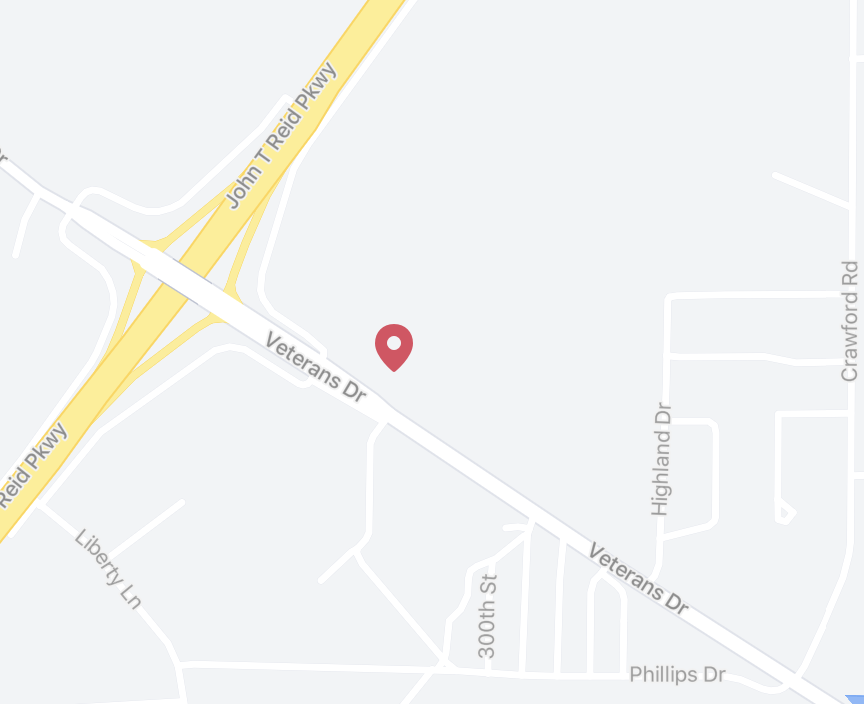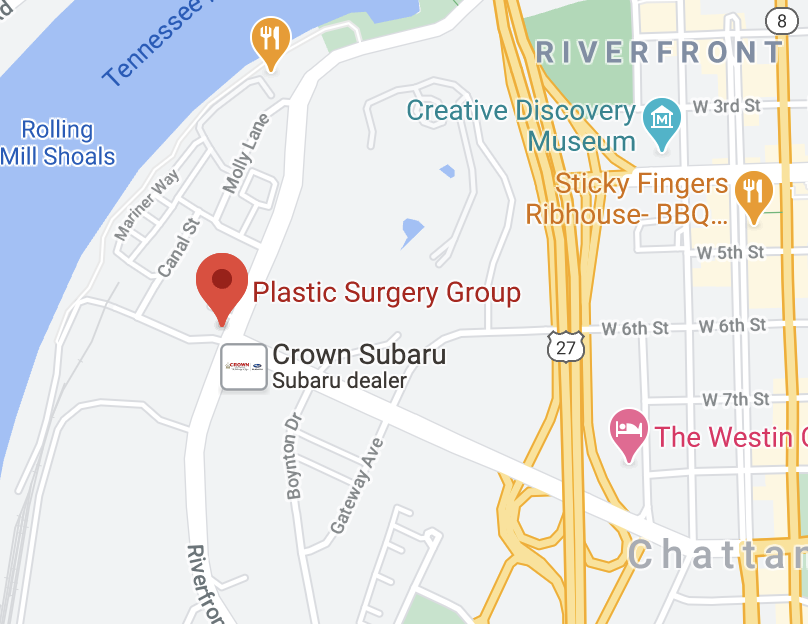 Chemical peels are a new-wave cosmetic treatment that’s become more popular for its customizable treatment options, the crazy recovery process, and astonishing results. Not sure what the deal is with chemical peels? Let’s clear things up. Here’s everything you need to know before committing to your chemical peel.
Chemical peels are a new-wave cosmetic treatment that’s become more popular for its customizable treatment options, the crazy recovery process, and astonishing results. Not sure what the deal is with chemical peels? Let’s clear things up. Here’s everything you need to know before committing to your chemical peel.
What is a Chemical Peel?
A chemical peel is a chemical-based facial treatment that is used to improve the appearance of skin tone and texture, fine lines and wrinkles, acne and acne scarring, and other superficial skin concerns. This treatment has different levels of intensity for patients to choose from based on their current skin concerns and level of familiarity with the overall reatment process. Ideal candidates for chemical peels have a lighter complexion, as the chemical solutions may have an effect on skin pigmentation.
What Types of Chemical Peels are There?
There are three types of chemical peels that vary in intensity depending on the type of treatment the patient is looking for. These three types of chemical peels include:
- A light chemical peel. Light peels are the best option for patients new to the chemical peel. The light peel uses milder acids, like alpha-hydroxy acid, to gently exfoliate the surface of the skin.
- A medium chemical peel. Medium-depth chemical peels are better for more experienced patients. These peels remove damaged cells in the outer and middle layers of skin. Medium peels typically use glycolic and salicylic acid.
- A deep chemical peel. Deep chemical peels are the most intense peels of the three. These deep peels penetrate all the way through the middle layers of skin using TCA or phenol acid.
Dr. Nease will sit down with you during your one-on-one consultation to help you choose which peel is best for you and your skin concerns.
How Do I Prepare for My Chemical Peel?
Preparing for your chemical peel is easy and best done with Dr. Nease. We recommend you stop using at-home exfoliants for the week leading up to your appointment. Continuing to use exfoliants leading up to your chemical peel can result in tissue damage and make the healing process harder. We also recommend you go over any anti-acne or anti-aging prescriptions you are using with Dr. Nease. The chemicals in your medications may interfere with your chemical peel.
What Should I Expect on the Day of My Chemical Peel?
Before we apply the chemical peel solution to your treatment area, we will apply a topical anesthetic cream. This will help with any discomfort you may feel during your procedure. After you’re numb, the chemical solution will be applied to your treatment area. During your treatment, don’t be alarmed if you feel a slight tingling sensation. The solution will be removed from the treatment area before you leave. The whole treatment process usually takes under an hour.
What Can I Expect After My Chemical Peel?
A chemical peel got its name for a reason. You should expect the skin in your treated area to peel for the next three to 10 days following your treatment. During this time, feel free to use a gentle cleanser to hydrating serum to help with the healing process. We also recommend using a gentle SPF and avoid excess sun exposure while your skin heals. Just remember that following the crusty healing process, you’ll be left with glowing, fresh skin! If you are interested in learning more about what to expect during your chemical peel, call us today to schedule your one-on-one consultation with Dr. Nease. Making sure all of your questions are answered is one of our biggest priorities.



